8 Ways to Lower Your Risk of Gout
What Is Gout?
Imagine needle-sharp shards of glass inserted between the bones of your joints, grating and grinding with every move. That not-so-happy image is the pain of gout, one of the more common forms of arthritis. Of course it’s not actually glass; in some people with a genetic susceptibility — men more often than women — the body converts excess uric acid into crystals that can accumulate in joints. The extreme pain usually starts in the big toe; gout can also settle into other joints of the feet, ankles, knees, fingers, wrists, and elbows.

How is Gout Treated?
How Is Gout Treated?
Most cases of gout are controllable. Treatment involves medication and avoiding anything that raises levels of uric acid. Because uric acid is a by-product of the metabolism of purine, a substance naturally found in body tissues, you’ll never get rid of it entirely. However, if you have gout, or have been told you’re at high risk, there are several ways to keep uric-acid levels as low as possible.Click Next to learn what steps you can take to reduce your risk of gout.

Maintain a Healthy Weight
Maintain a Healthy Weight
If you’re overweight, losing weight is key to lowering your risk for gout. Extra body tissue means extra uric-acid production from normal processes of breakdown and turnover. Talk to your doctor about what a healthy weight goal and plan is for you; in general, you can start losing weight by following a regular exercise program (gentle, low-impact exercise is best for arthritis sufferers) and eating a calorie-controlled diet rich in plant foods (especially vegetables) and reduced-fat dairy products with moderate portions of lean protein.

Avoid Purine Rich Meats and Seafood
Avoid Purine-Rich Meats and Seafood
Studies have shown that eating lots of high-purine meats and seafood increases the risk of gout by raising uric acid levels in your blood. (The latest research suggests that high-purine vegetables don’t seem to increase the risk of gout and therefore don’t need to be avoided.) I advise limiting your total intake of animal protein (meat, poultry, and seafood combined) to no more than 6 ounces per day. You should also avoid or dramatically limit your intake of proteins that are highest in purines: organ meats (such as kidney and liver); fatty cuts of beef, lamb, and pork; and certain fish and shellfish (anchovies, herring, sardines, and mackerel).
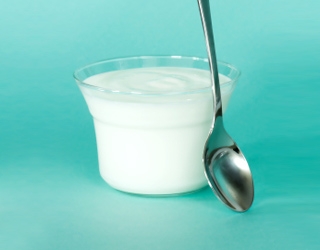
Choose Reduced Fat Dairy Products
Choose Reduced-Fat Dairy Products
People who eat two or three servings daily of reduced-fat dairy foods — especially milk and yogurt — can cut their risk of gout by about half, compared with those who eat few dairy foods. Add reduced-fat or fat-free milk or yogurt to your diet; both are also sources of vitamin D, which is critical for joint health and leads to greater muscular strength.
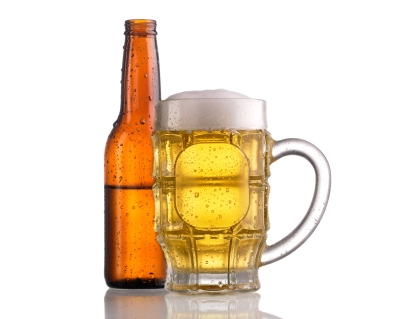
Reduce Alcohol Intake
Reduce Alcohol Intake — Especially Beer
Alcoholic beverages interfere with the body’s ability to clear uric acid, increasing your risk of gout. In 2004, Harvard researchers reported that beer was the greatest offender — men who drank two or more beers per day had more than twice the risk of gout compared with men who didn’t drink beer. Spirits also caused an increase in gout but to a lesser degree. Wine did not seem to increase risk of gout, but I still recommend limiting your consumption.

Avoid Sugary Beverages
Avoid Sugary Beverages
Fructose, a type of sugar found in soft drinks and other sweetened beverages, as well as candy, cookies, and other baked goods, appears to increase gout risk by raising uric acids levels in the blood. A 2008 study found that men with the highest intake of fructose were twice as likely to develop gout as men with the lowest fructose intake. That’s reason enough to cut out all sugary beverages, including soda, fruit drinks, sweetened waters, sugary coffee drinks, sweet tea — and even 100 percent fruit juice. You’ll also want to dramatically reduce your intake of sugar and other sweeteners, especially agave which is about 90 percent
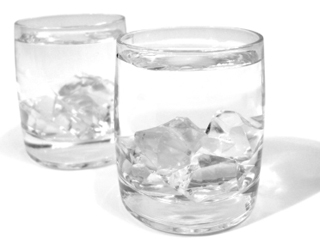
Drink Plenty of Water
Drink Plenty of Water
I recommend that my clients with gout drink at least eight glasses of water daily to help flush uric acid out of the body. That’s just another reason why water is my beverage of choice — it keeps you hydrated, and it contains no calories, no sugar, and no artificial ingredients. It’s natural and refreshing!
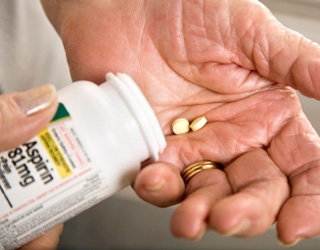
Use Aspirin Sparingly
Use Aspirin Only Sparingly
Salicylates — the active ingredients in aspirin — can raise uric-acid levels, so those at risk for gout are generally told to avoid (or at least limit) consuming aspirin or aspirin-containing products. Talk to your doctor to find out what pain relievers are safe for you.

Get a Checkup
Get a Checkup
In addition to finding food cures for gout, visit your doctor for a regular checkup of your overall health. About 75 percent of people diagnosed with gout also have metabolic syndrome, a serious condition that increases the risk of heart disease. If you receive a diagnosis of gout, insist on testing for metabolic syndrome.
Click here for your personal Food Cure for Arthritis!
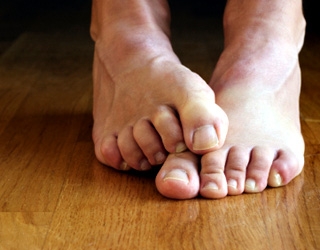
What is gout?
What Is Gout?
Imagine needle-sharp shards of glass inserted between the bones of your joints, grating and grinding with every move. That not-so-happy image is the pain of gout, one of the more common forms of arthritis. Of course it’s not actually glass; in some people with a genetic susceptibility — men more often than women — the body converts excess uric acid into crystals that can accumulate in joints. The extreme pain usually starts in the big toe; gout can also settle into other joints of the feet, ankles, knees, fingers, wrists, and elbows.

